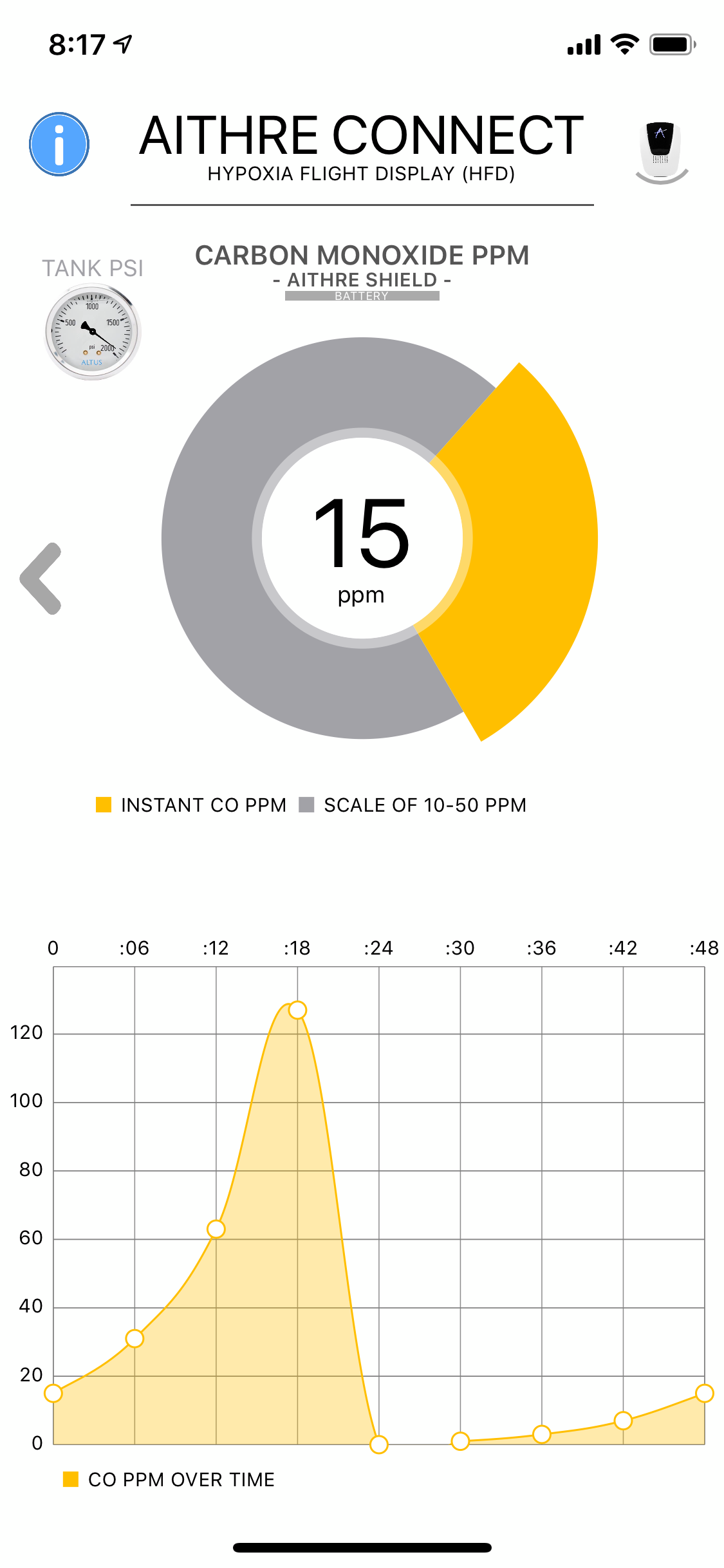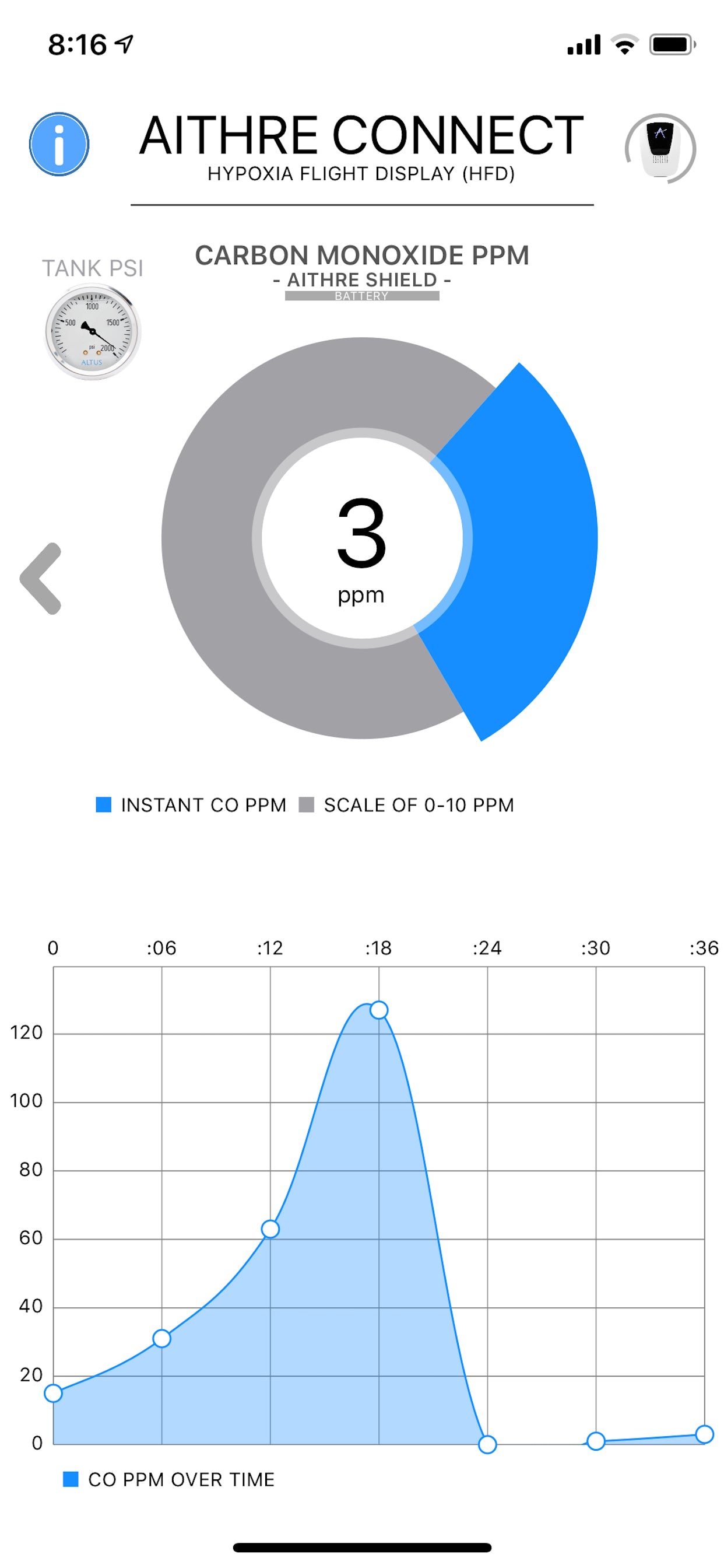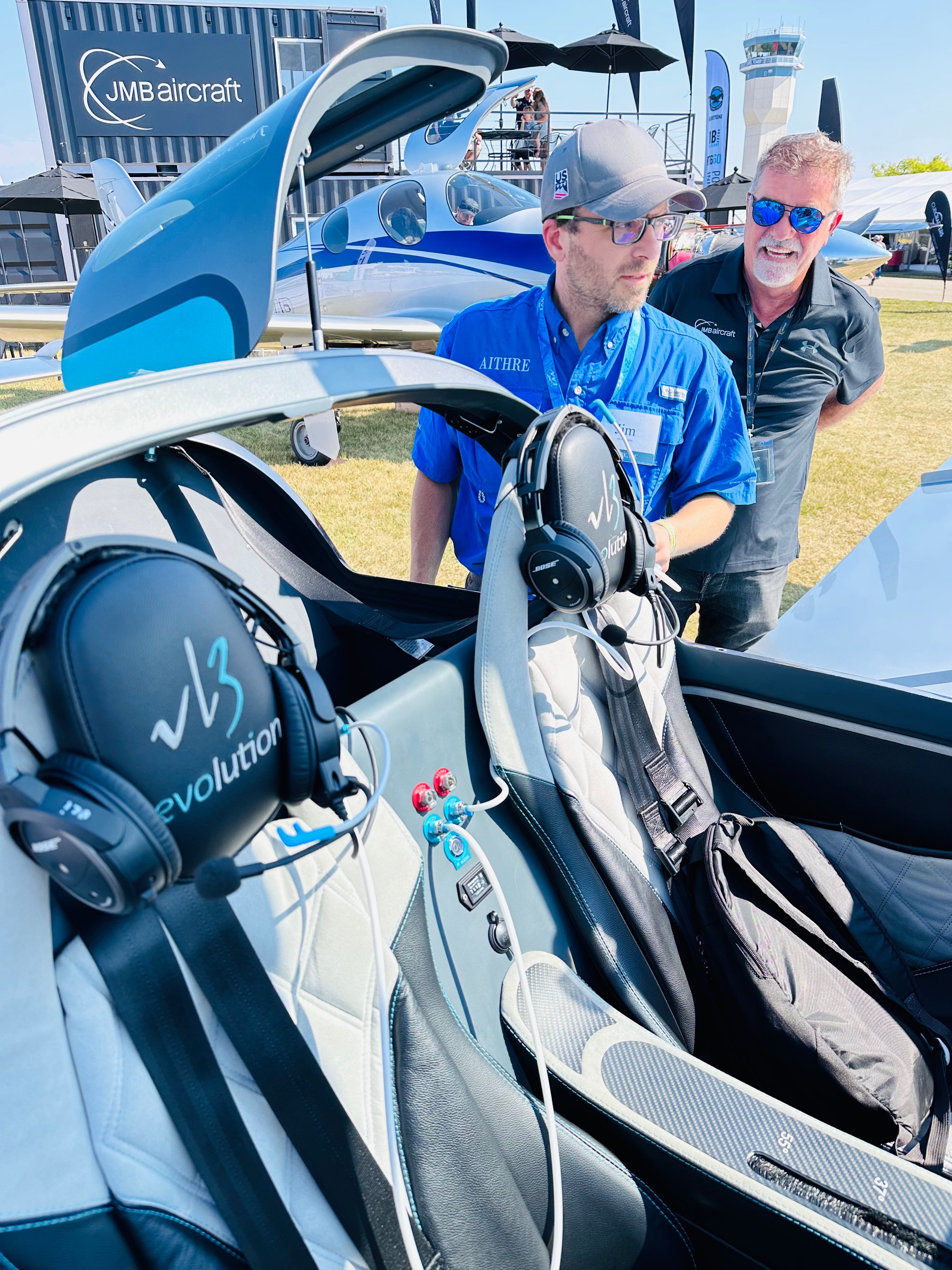A research paper by the College of Aviation at Embry-Riddle concludes that general aviation pilots carry the hazardous attitude that they aren't exposed to altitudes where hypoxia is an issue. The paper goes further to state with supporting evidence that this belief is invalid and that pilots do experience hypoxia even at altitudes under 10,000 feet!
Of the research pilot participants, 15% experienced hypoxic symptoms under 10,000 feet and 72% experienced hypoxic symptoms between 10,000 and 20,000 feet. These symptoms primarily included mental confusion, light-headedness, and headaches.
The authors note that the FAA doesn't require any training for general aviation pilots on hypoxia and also doesn't require oxygen even at altitudes over 12,500 for less than 30 minutes - despite significant pilots experiences symptoms below that altitude. They further note that pulse oximeters, supplemental oxygen, and pulse oximeters aren't required, despite these safety concerns.
Aithre, Inc. develops advanced integrated hypoxia monitoring solutions for general aviation, including our iOS and avionics integrated carbon monoxide detectors and our newest product that enables monitoring of portable oxygen via your Apple device.






